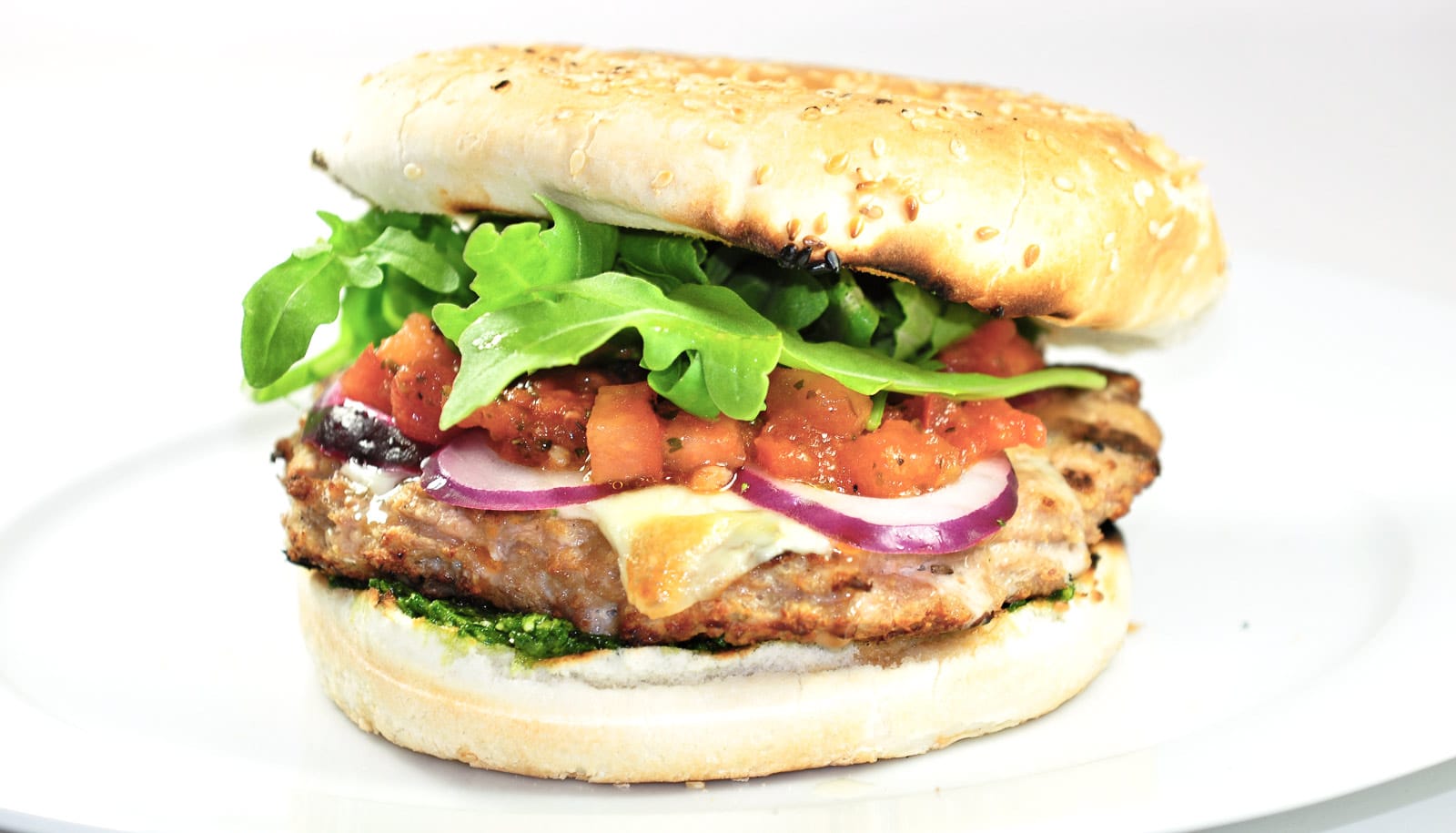If Americans changed their diets by swapping out just one item each day, they could greatly reduce their carbon footprint from food, according to a new report.
“We found that making one substitution of poultry for beef resulted in an average reduction of dietary greenhouse gases by about a half,” says Diego Rose, professor and director of nutrition at Tulane University School of Public Health & Tropical Medicine.
“To our knowledge, this is the only nationally representative study of the carbon footprint of individually chosen diets in the US,” Rose says. “We hope this research will raise awareness about the role of the food sector in climate change and the sizable impact of a simple dietary change.”
Food production is an important contributor to climate change, accounting for about a quarter of carbon emissions globally, researchers say. For the study, they examined the real-world diets of thousands of people in the United States.
Researchers used diet information from more than 16,000 participants in the 2005-2010 National Health and Nutrition Examination Survey, a portion of which asked participants to recall all the foods they consumed in the previous 24 hours.
The researchers then used this information to determine which foods had the highest greenhouse gas emissions and to calculate a carbon footprint for each individual diet.
They found that the 10 foods with the highest impacts on the environment were all cuts of beef and that about 20 percent of participants reported consuming one of these high-carbon foods.
Using simulation, the researchers calculated a new carbon footprint for each diet by replacing beef with the closest related poultry product. For example, a broiled beef steak was replaced with broiled chicken and ground beef with ground turkey. The researchers performed each substitution only one time for each person that consumed one of the high-carbon foods.
Animal foods contribute more to greenhouse gas emissions than plant foods. Ruminant animal foods such as beef and lamb have particularly high carbon footprints because cows and sheep also release methane gas.
“Our simulation showed that you don’t have to give up animal products to improve your carbon footprint,” Rose says. “Just one food substitution brought close to a 50 percent reduction, on average, in a person’s carbon footprint.”
The researchers plan to expand this research, which focused on dietary greenhouse gas emissions, to include other environmental impacts such as water use.
Although not the subject of this study, the researchers point out that food waste and overeating also increase the carbon footprint of our diet. So, in addition to eating low-carbon foods, better meal planning and eating leftovers can also help reduce carbon footprint.
Rose presented the paper at the American Society for Nutrition’s annual meeting in Baltimore.
Source: Tulane University


